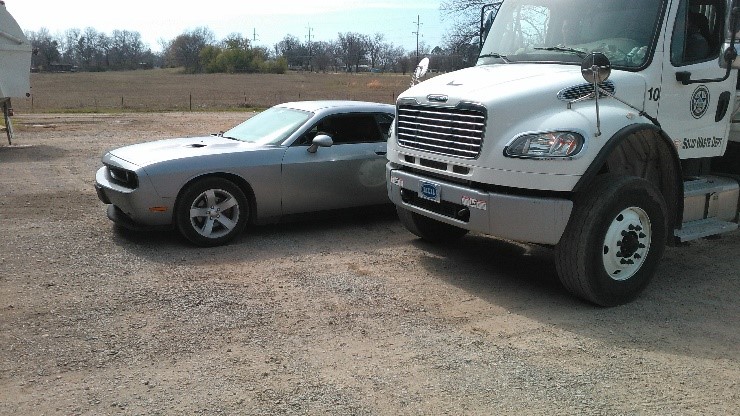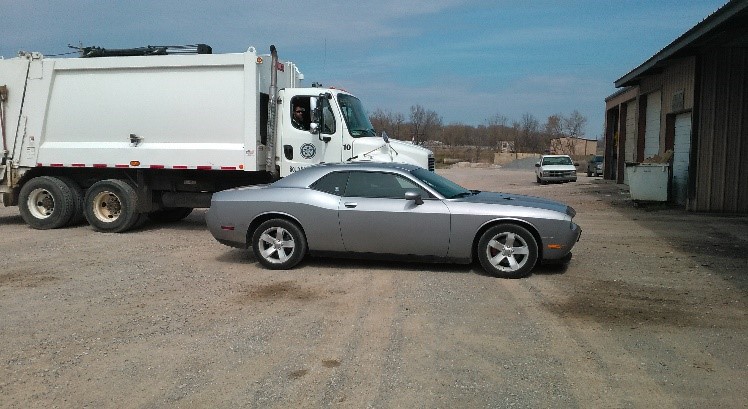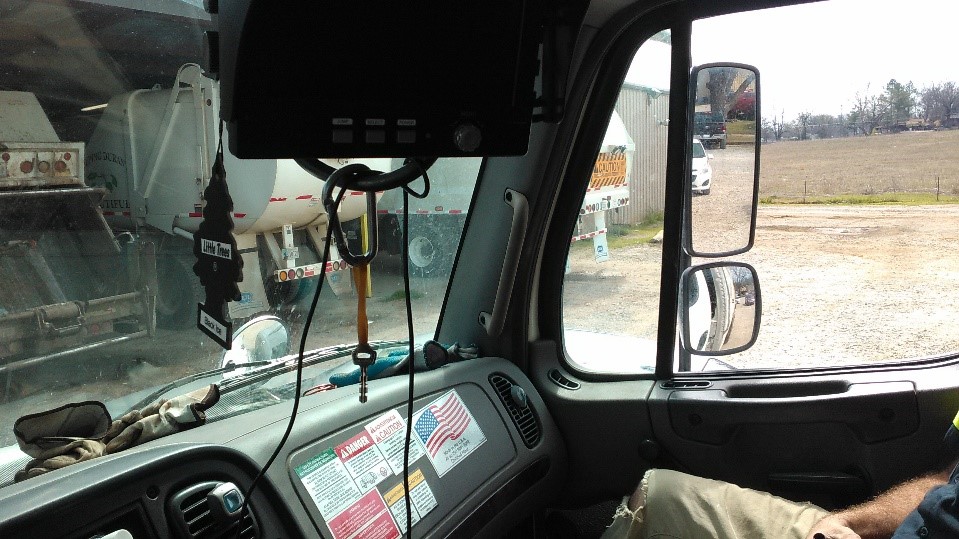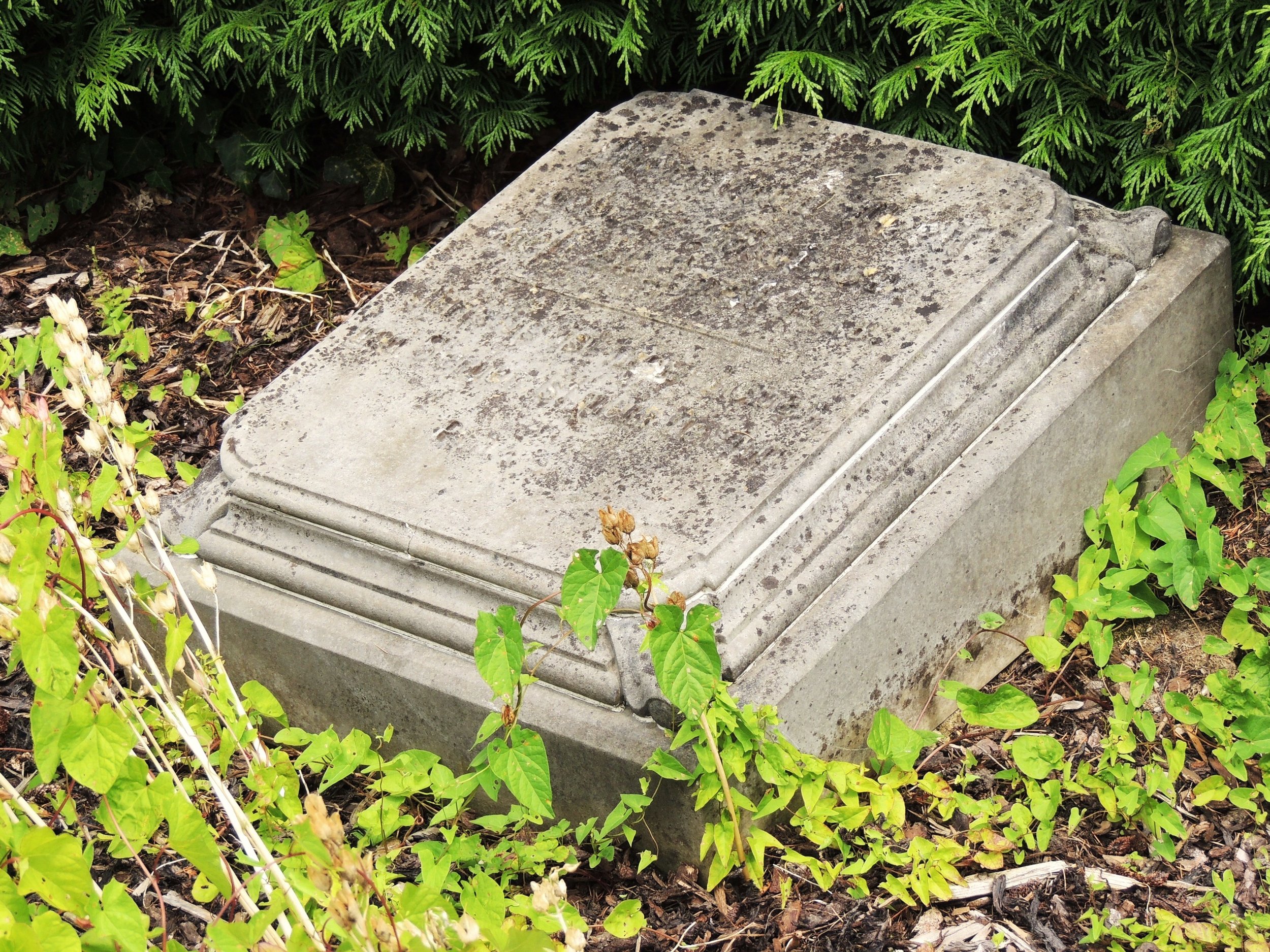As a service to our members, OMAG’s Risk Management Services department has developed a series of articles addressing various challenges and issues municipal cemetery caretakers might face. Although tort claims generated from cemeteries aren’t at the top of the frequency or severity list, these types of claims don’t bode well for our public image and are most certainly preventable.
In this last article of the series, municipalities are encouraged to adopt written policies, procedures, and ordinances which govern the municipal cemetery.
Successfully managing a municipal cemetery requires empathy and good customer service skills. Organizing records, receiving payments and issuing deeds are all tasks which require excellent attention to detail. Each of our regular customers is special, but a well-organized cemetery operation will prove to that service consumer how much we truly care. We want to ensure we project that type of caring image.
A quality operation consists of written guidelines which direct us in each action, function, and process involving the cemetery. OMAG has identified the following typical categories which should be addressed in written guidelines.
- Definitions
- General Rules
- Management/Administration
- Municipal Responsibilities
- Plots and Gravesites
- Interments and Disinterments
- Funeral Services
- Monuments and Markers
- Arrangements, memorials and vegetation
- Cleaning
- Special Activities - Examples of special activities include:
- Holiday/memorial services
- Unveiling ceremonies
- Educational and cultural awareness programs
- Tourism
- Schedule of rates, costs and service fees
- Visitor Conduct and etiquette
- Vehicles and Traffic Regulations
- Identify cemetery staff and responsibilities
It is always a good idea to confer with other municipalities that operate cemeteries. Many times we find that much of the work has already been performed by a colleague and they are happy to share. OMAG has gathered example documents from Oklahoma and other states that you may find helpful.
Contact OMAG for Oklahoma-specific examples of rules, regulations, policies, procedures and ordinances as well as examples of cemetery handbooks and guides from other states.
Look for future publications and training opportunities which will assist you in maintaining and managing your municipal cemetery.















